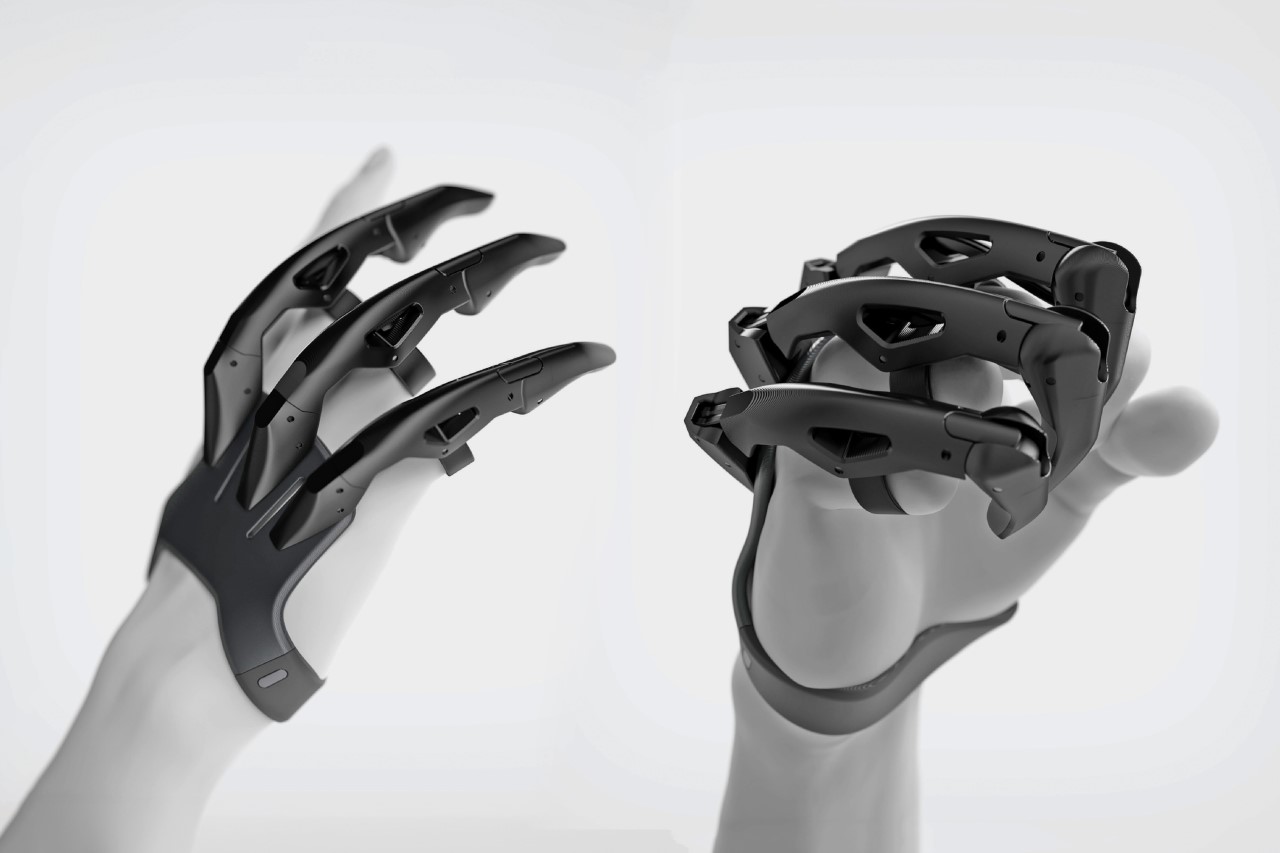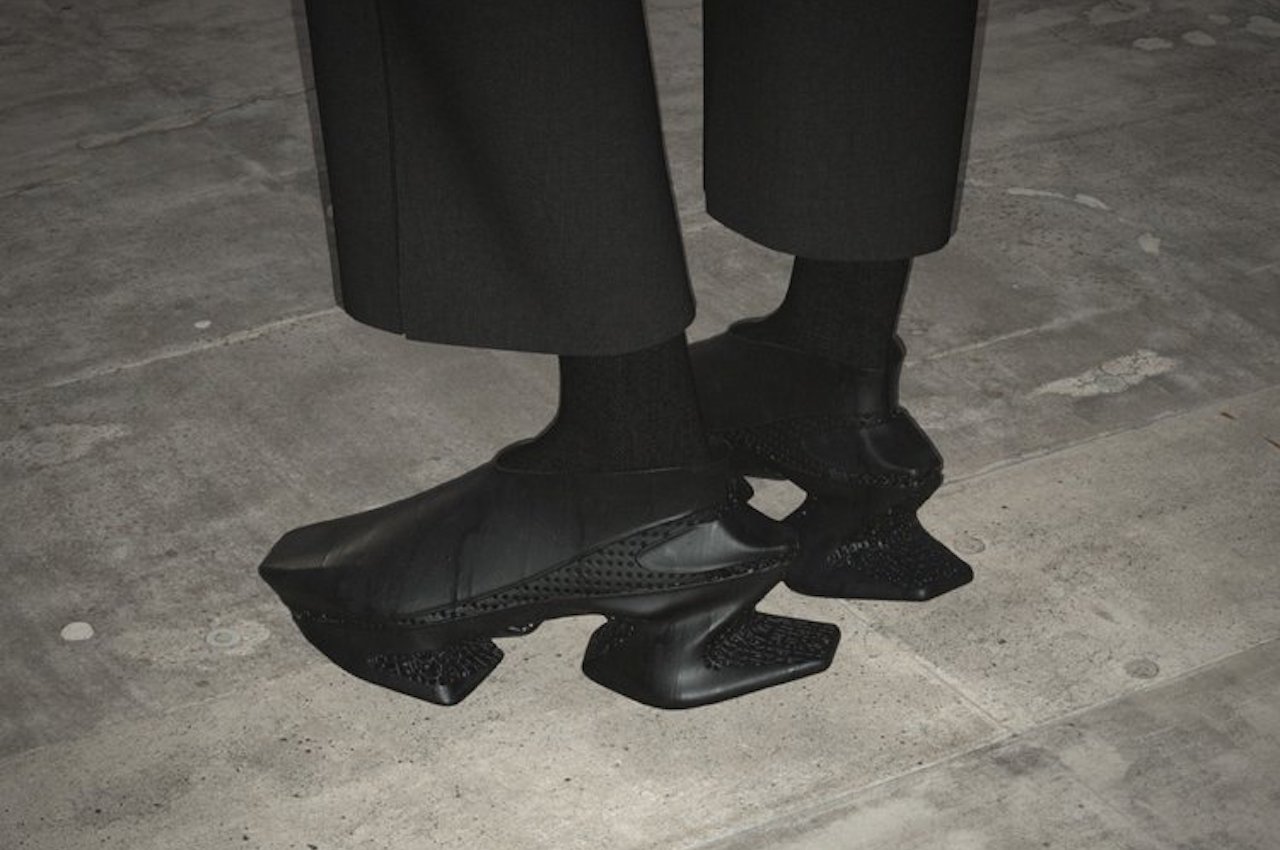#Tesla supplier STMicroelectronics to build €5B EV chip fab in Italy

The Swiss firm is the world’s largest producer of silicon carbide microchips, particularly valued by automakers for being lightweight, energy-efficient, and strong. This translates to EVs that can drive further and are less prone to technical failures.
STMicroelectronics’ new facility will specialise in making 200mm wafers. It will be located in Catania, on the island of Sicily. Building it is expected to cost in the region of €5bn.
The EU has agreed to foot €2bn of the bill under the Chips Act. This landmark law mobilises more than €43bn with the aim to boost the bloc’s share of global semiconductor production from 10% today to 20% by 2030.
The new plant in Sicily will “strengthen the European semiconductors supply chain and ensure our access to a reliable source of power-efficient chips,” said the EU’s competition chief, Margrethe Vestager.
STMicroelectronics — which counts Tesla, BMW, and Renault among its customers — ramped up production last year despite a global downturn in the semiconductor market.
The Swiss firm already has a 150mm wafer production plant in Catania, Italy. The new plant will be built next to it. The company is also currently building a new facility in China to serve the rapidly growing Chinese EV market.
STMicroelectronics expects the new facility to start production in 2026, reaching full capacity by 2033. At full speed, the production line will be able to churn out 15,000 wafers per week.
If you liked the article, do not forget to share it with your friends. Follow us on Google News too, click on the star and choose us from your favorites.
If you want to read more like this article, you can visit our Technology category.





